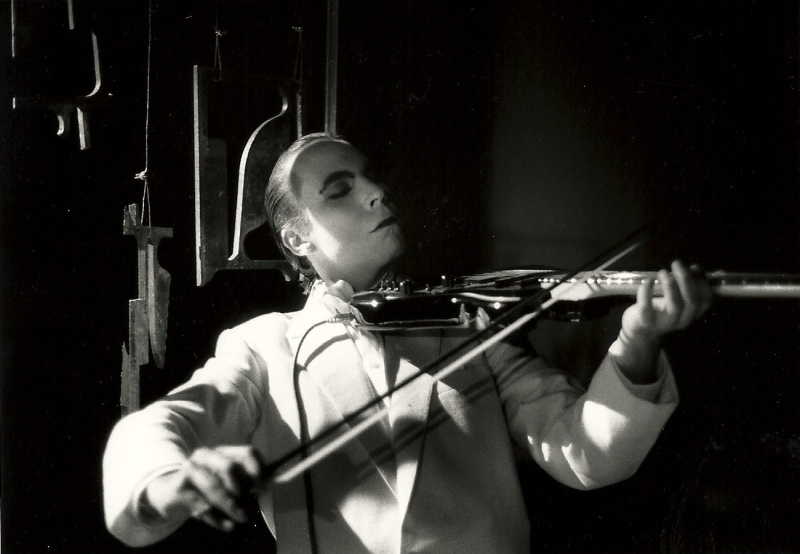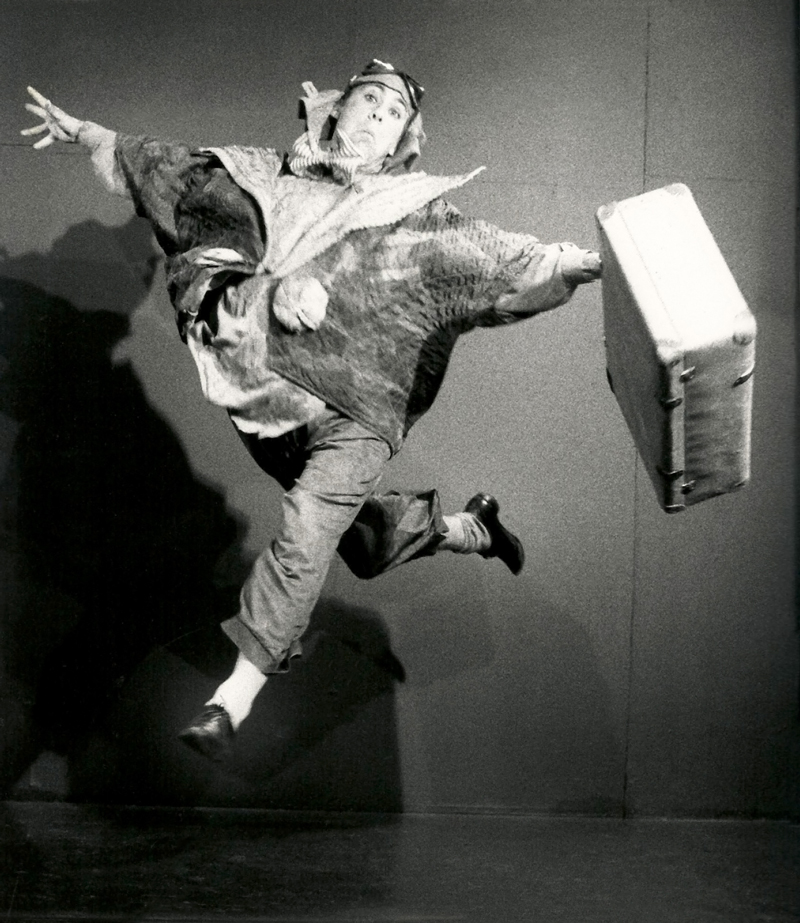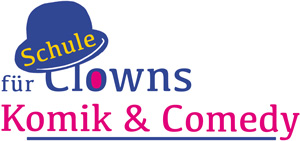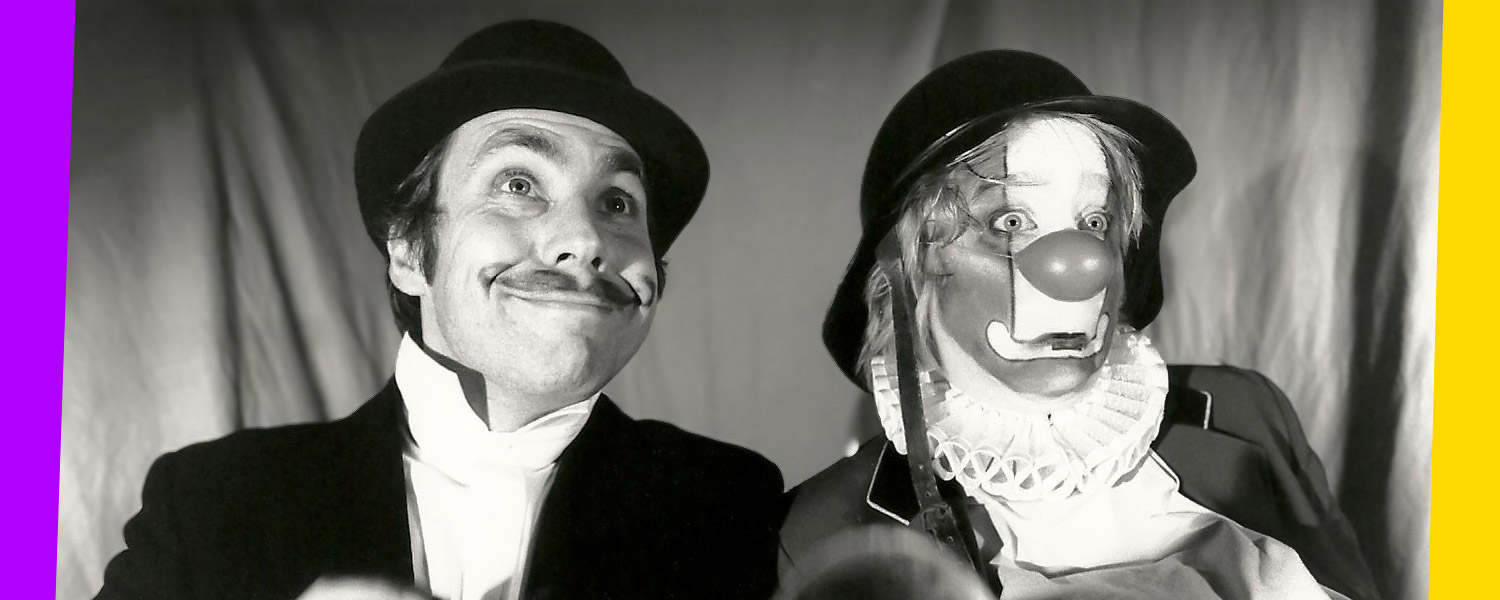The clown's play unfolds on the empty stage.
Am Anfang gibt keinen Autor, kein Stück, keine bestimmte Situation, keine Vorgaben, kein Ziel, keine Rollen, zunächst auch kein Problem, kein Scheitern, keine Krise und keinen Konflikt. Es gibt nur den Clown und die Nase als Erlauber, Richtungsgeber, Groß- und Kleinmacher, Gleich- und Besondersmacher. Der Clown geht der Nase nach, lässt sich von ihr führen und nimmt was dann kommt.
Als Clown und Lehrer wollte ich die Prinzipien der Kommunikation und des Spiels verstehen und umsetzen.
Dabei haben mich folgende Fragen motiviert und inspiriert:
In the beginning, there is no author, no play, no specific situation, no guidelines, no goal, no roles, and initially no problem, no failure, no crisis, and no conflict. There is only the clown and the nose as enablers, givers of direction, makers of greatness and smallness, equalizers and uniqueness. The clown follows his nose, lets it guide him, and takes what comes next.
As a clown and teacher, I wanted to understand and implement the principles of communication and acting.
The following questions motivated and inspired me:
- How can one act and react playfully in every situation?
- How do punchlines work, and what effect do punchlines have on stage and in life?
- What is the message and ethics of acting and communication?
- How does saying yes work as a life game and a communication impulse?
- How can one playfully resolve fear and blockages?
- Is there a playful path to awareness?
- How does presence work? And not just while sitting, but also while moving, and ideally always.
- How can the world be moved through play and joy, not through pressure and fear?
- How can play create play? I don't want to first be able to do something and then be allowed to do it—I want to play and show right away.
- How can I experience my partner in communication and play as a resource, not as a barrier?
- How can I recognize personal identification through play and learn to distance myself from it.
Felt practice
lt Practice The 5 Rooms of Laughter is not a theory but a felt, experienced practice from my experience as a clown, acting teacher, and communication coach.
Like many, I know the fear of going on stage, of stepping out and standing out. Over 30 years, I have developed the method of the 5 Rooms of Laughter and have used it to guide many people from fear to power.
- Fear thus becomes an experience of strength. Instead of hiding fear, we play with fear, from fear, about fear, despite fear, because of fear, against fear.
- It's about experiencing fear as an impulse to play and not remaining rigid.
- Fear acts like a guide, a writer, and a director who sets the themes.

When we learn to play with fear, it becomes creative.
Imagine you can play the guitar, but you don't play because you're sad, alone, and lonely, and you're waiting for your mood to return. But how would the blues ever have come into being if there hadn't been people who picked up their guitars precisely when fear was at its greatest?
- We're reaching for the clown!
The clown method and the 5 Rooms of Laughter show and teach how to move from rigidity to movement despite fear, and that starts with breathing.
- People hold their breath in fear because they're afraid of losing themselves or being overwhelmed by their emotions.
That's why we begin the first room with a form of breathwork that enables and strengthens the feeling of self-connection.
This simple, concrete experience of how, with one breath, you can counter the feeling of nothingness and loss of self with a feeling of self-awareness, security, and strength opens a whole world of sensory experiences, experiences, and new perspectives.
This opens the first door of the 5 Rooms of Laughter.
- "The Awakening of the Clown"


